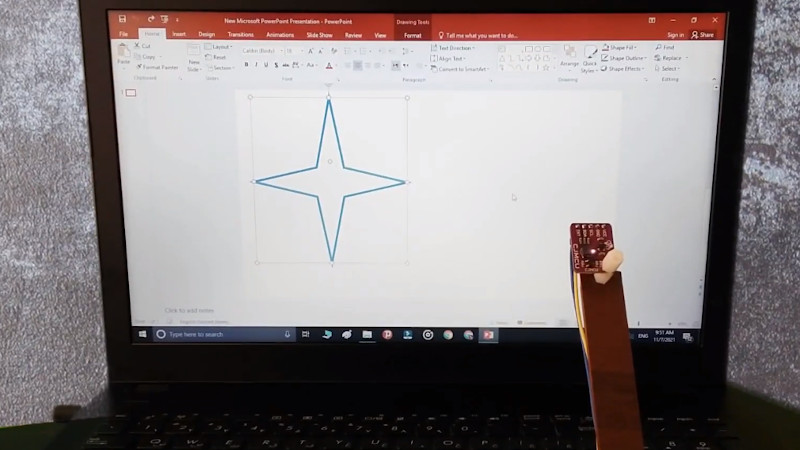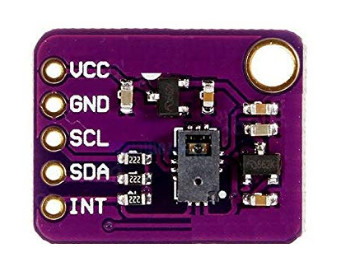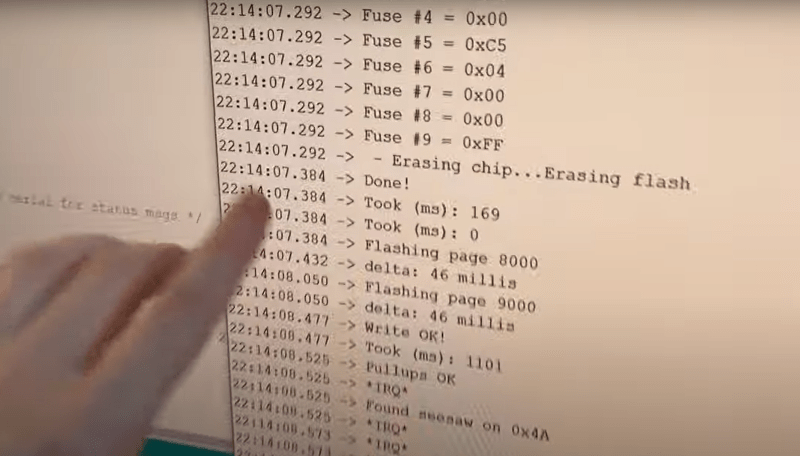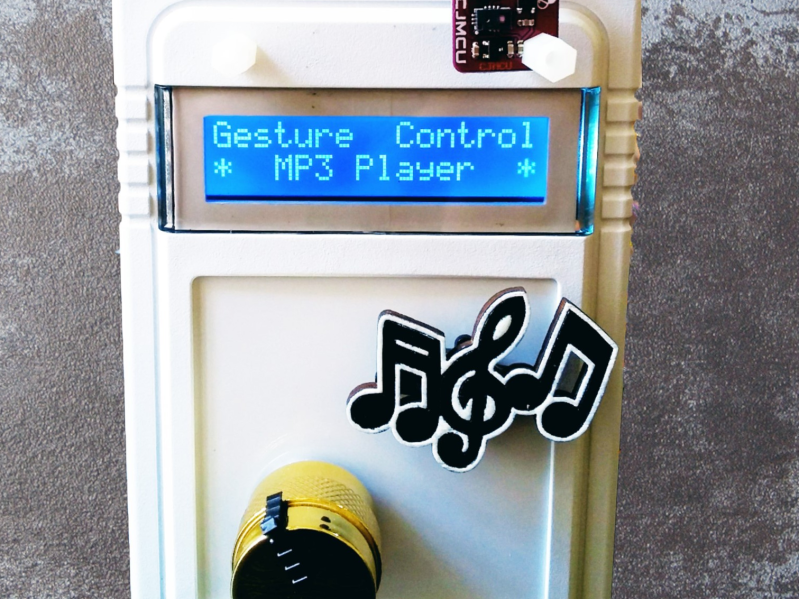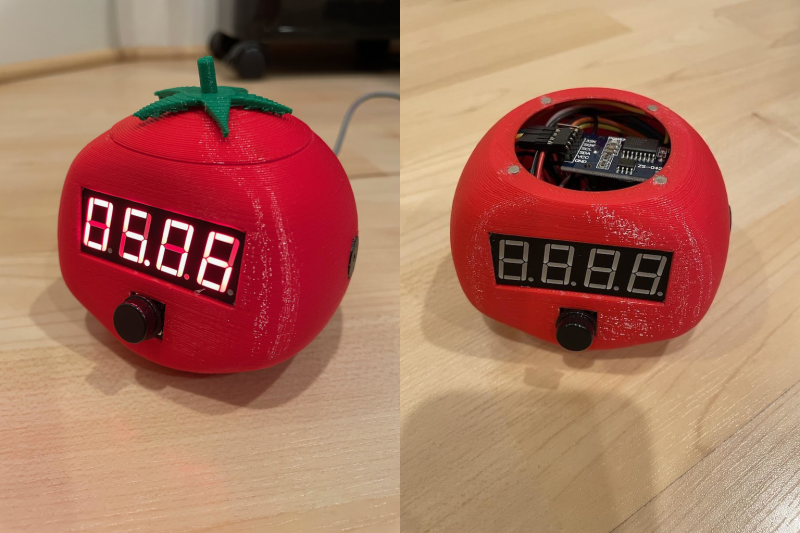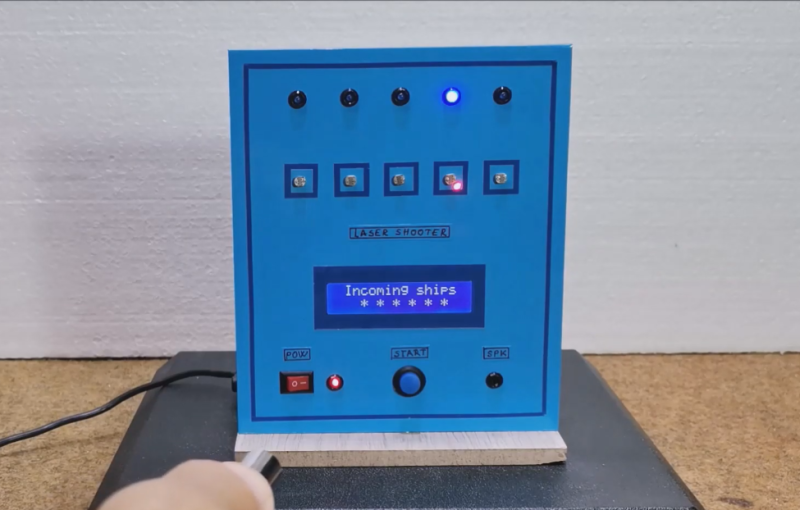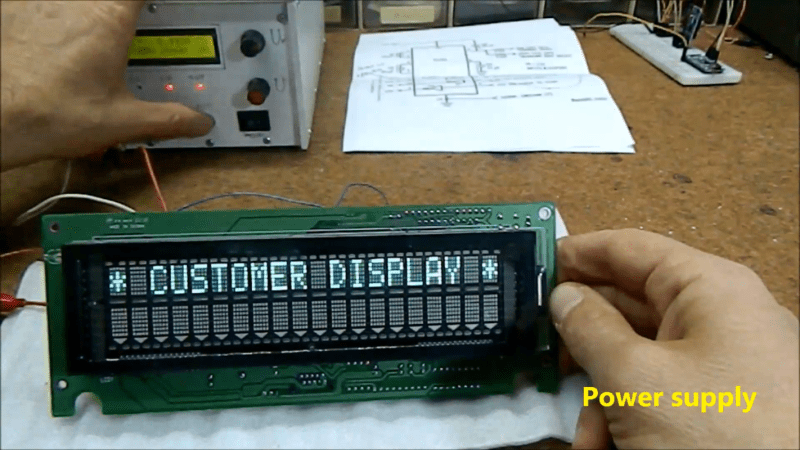Machine Learning Shushes Stressed Dogs

If there’s one demographic that has benefited from people being stuck at home during Covid lockdowns, it would be dogs. Having their humans around 24/7 meant more belly rubs, more table scraps, and more attention. Of course, for many dogs, especially those who found their homes during quarantine, this has led to attachment issues as their human counterparts have begin to return to work and school.
[Clairette] has had a particularly difficult time adapting to her friends leaving every day, but thankfully her human [Nathaniel Felleke] was able to come up with a clever solution. He trained a TinyML neural net to detect when she barked and used and Arduino to play a sound byte to sooth her. The sound bytes in question are recordings of [Nathaniel]’s mom either praising or scolding [Clairette], and as you can see from the video below, they seem to work quite well. To train the network, [Nathaniel] worked with several datasets to avoid overfitting, including one he created himself using actual recordings of barks and ambient sounds within his own house. He used Eon Tuner, a tool by Edge Impulse, to help find the best model to use and perform the training. He uploaded the trained network to an Arduino Nano 33 BLE Sense running Mbed OS, and a second Arduino handled playing sound bytes via an Adafruit Music Maker Featherwing.
While machine learning may sound like a bit of an extreme solution to curb your dog’s barking, it’s certainly innovative, and even appears to have been successful. Paired with this web-connected treat dispenser, you could keep a dog entertained for hours.


